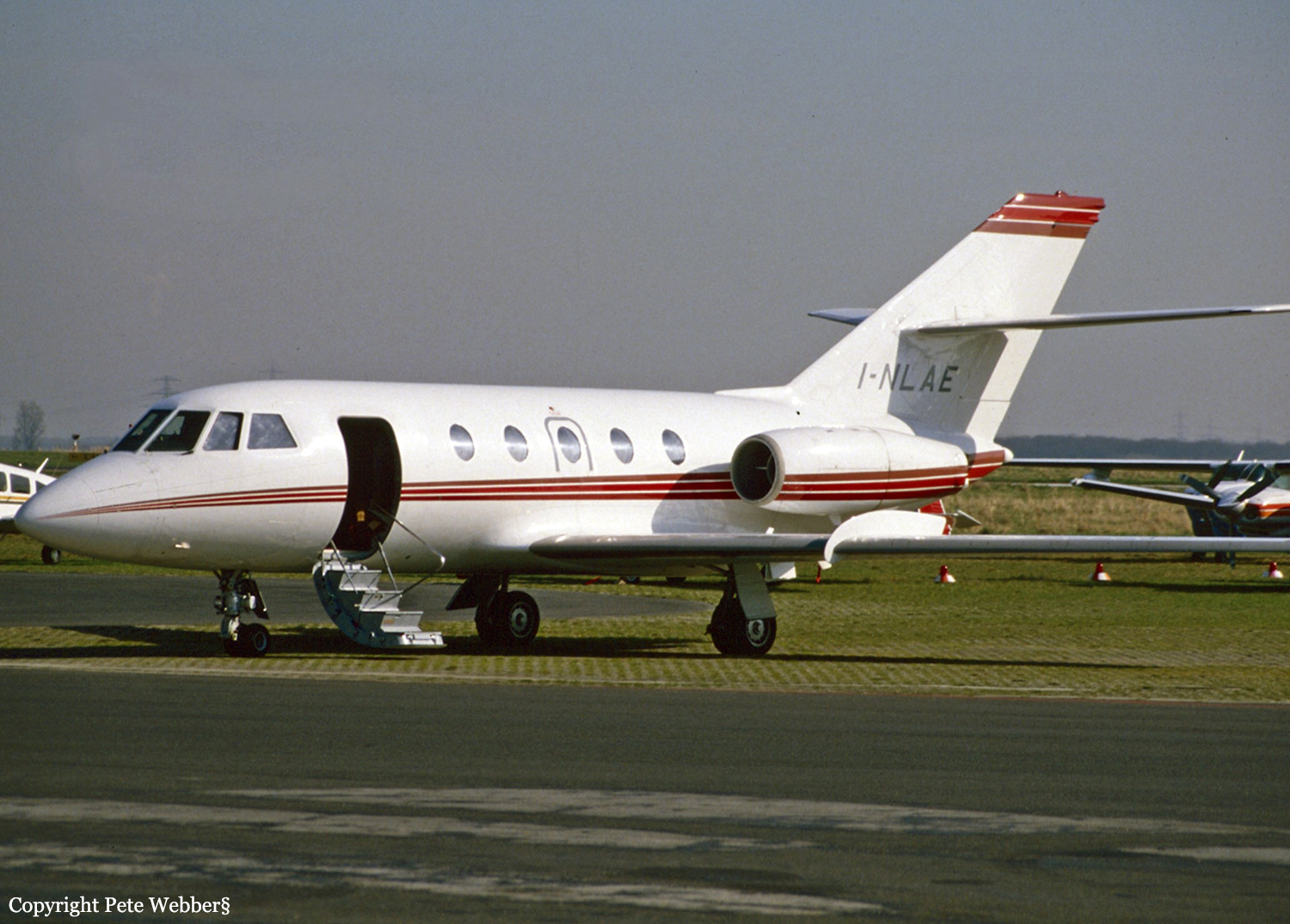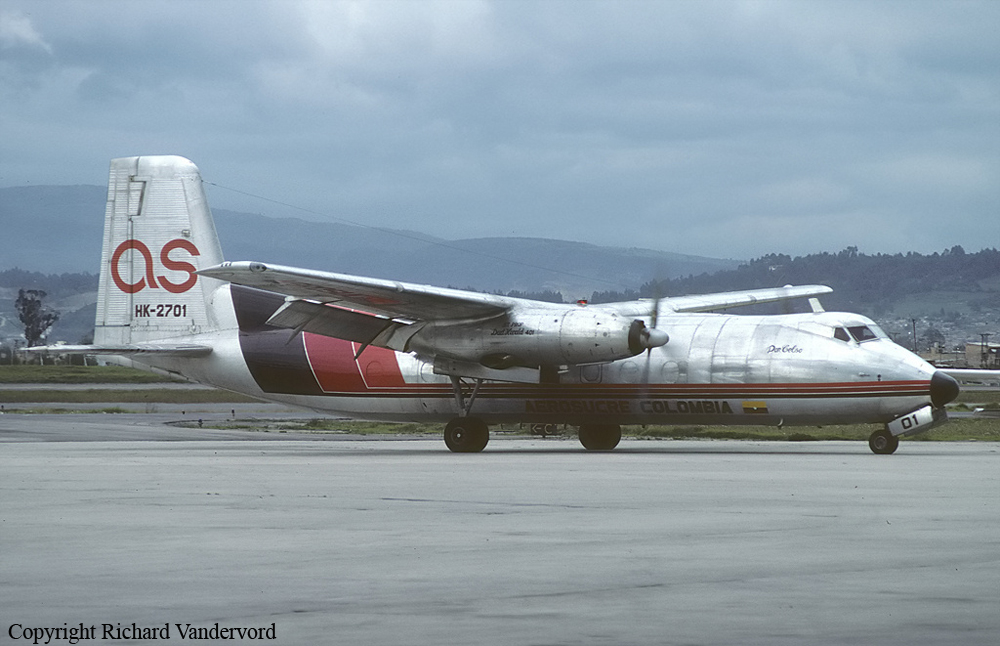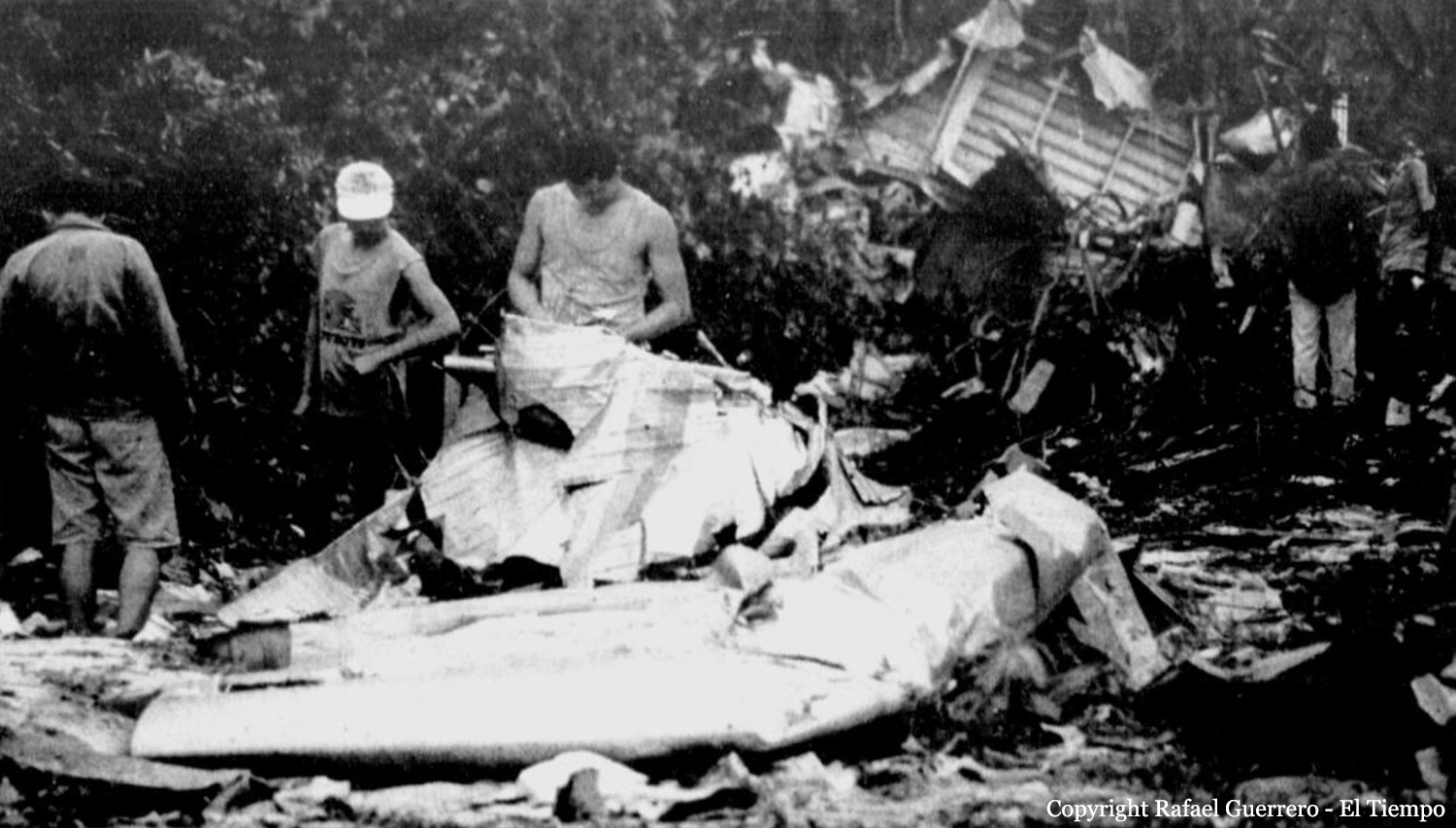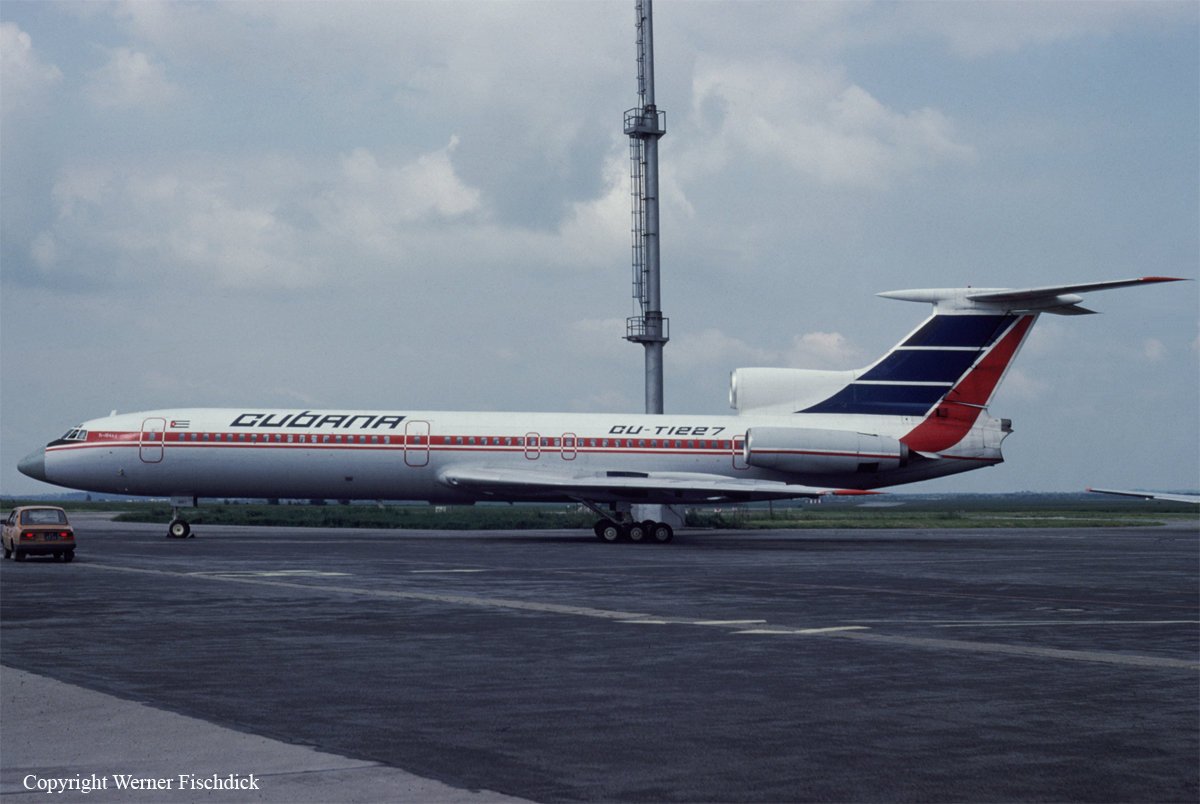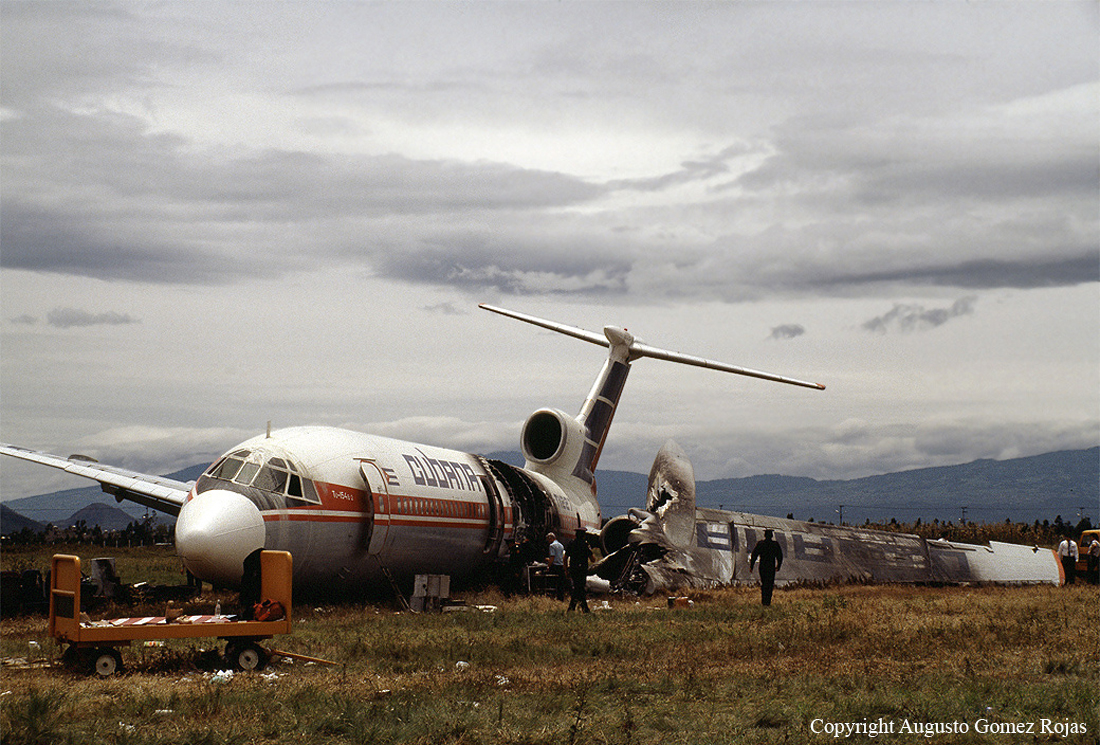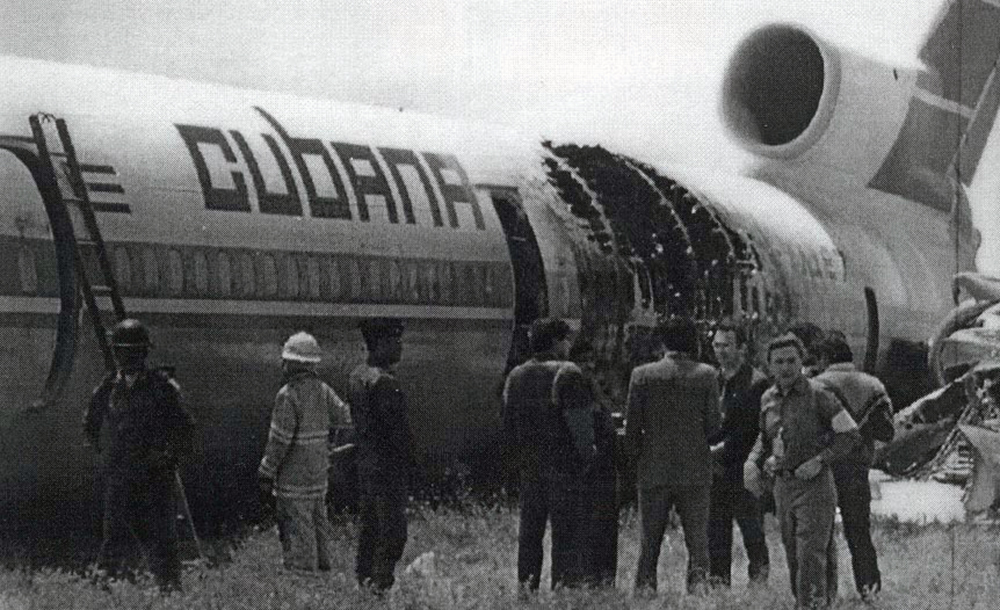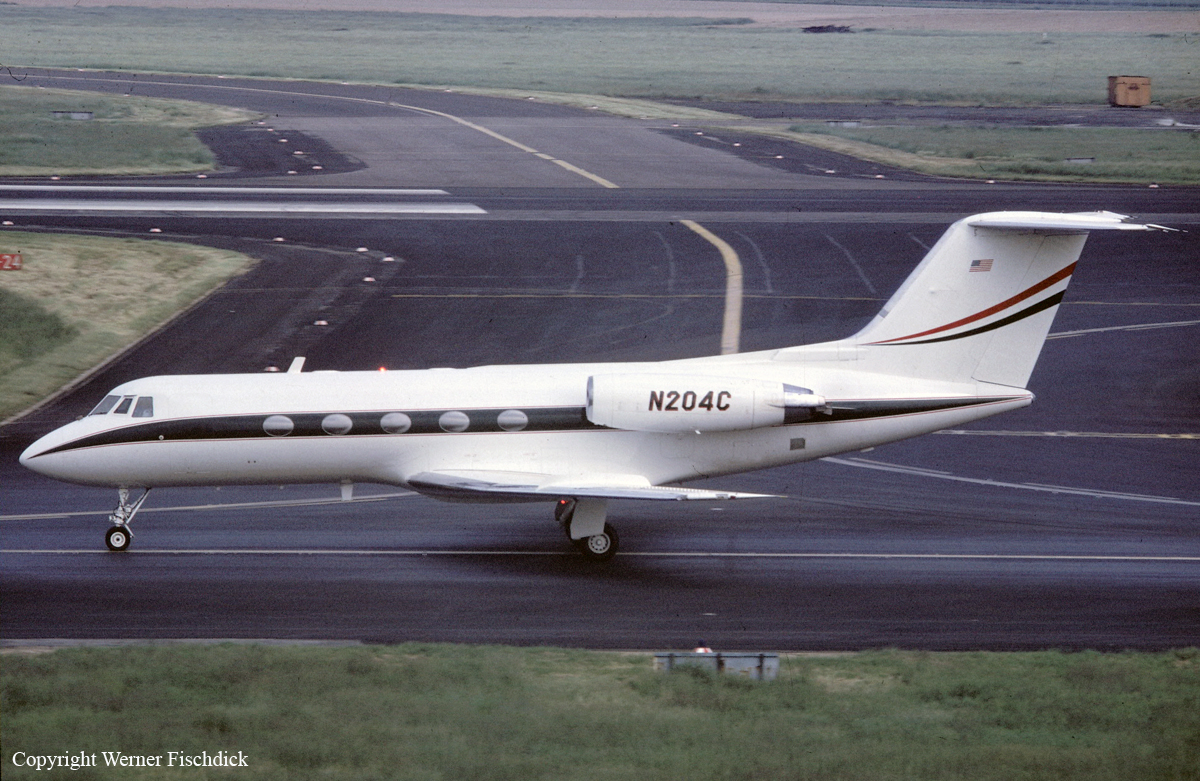Crash of a Dassault Falcon 20C in Kiel: 1 killed
Date & Time:
Sep 25, 1991
Registration:
I-NLAE
Survivors:
Yes
Schedule:
Milan - Kiel
MSN:
134
YOM:
1968
Crew on board:
3
Crew fatalities:
Pax on board:
7
Pax fatalities:
Other fatalities:
Total fatalities:
1
Circumstances:
Following a wrong approach configuration, the twin engine aircraft landed too far down a wet runway. After touchdown, the crew realized he would not be able to stop the airplane within the remaining distance and decided to initiate a go-around procedure. Power was added on both engines and the aircraft took off. After passing over the runway end at low altitude, the aircraft struck trees, stalled and crashed in a wooded area. Nine occupants were injured, some of them seriously, while one pilot was killed.
Probable cause:
Wrong approach configuration on part of the crew who completed the approach at an excessive speed and above the glide. This caused the aircraft to land too far down a runway and the landing distance available was insufficient. After touchdown, the crew failed to identify the situation in due time and the decision to initiate a go-around procedure was taken too late. The following contributing factors were reported:
- Poor crew coordination,
- Poor planned approach and crew decisions,
- Wet runway surface (poor braking coefficient),
- Rain falls.
- Poor crew coordination,
- Poor planned approach and crew decisions,
- Wet runway surface (poor braking coefficient),
- Rain falls.
